
11+ School Counselor Lesson Plan Templates in PDF | Word
Empowering the youth to become the best can be such a fulfilling task to accomplish. But, school counselors proved that…
Feb 23, 2024
A work plan is an overview of a series of objectives and procedures by which a team and/or entity can achieve those goals and provide the reader with a clearer picture of the project’s context. No matter if it is used in professional or academic life, work plans serve the purpose of helping you stay focused when working on a certain project. You disintegrate a process into tiny, manageable tasks by work schedules, and define the tasks you want to achieve.
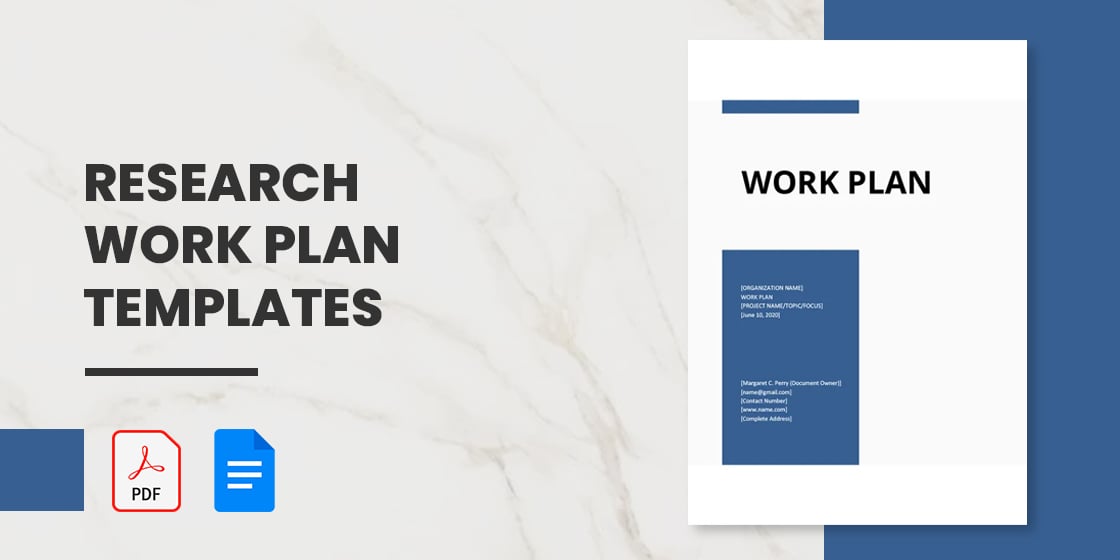
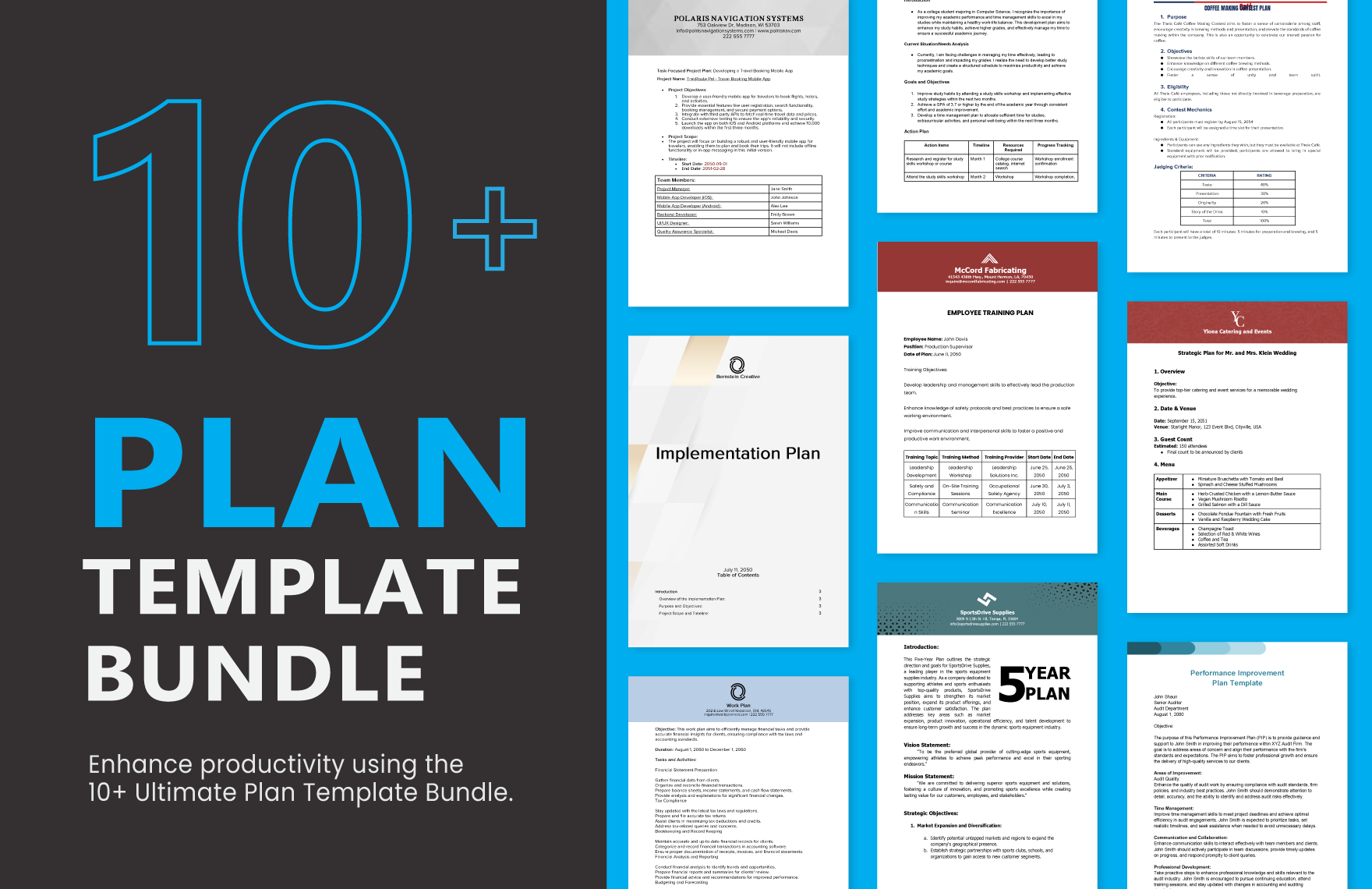
It is exactly that which is the research plan. A plan. It determines your goals and objectives; the rationale for doing the job; how and when you expect to do it; the resources that you will need; and what you hope to achieve as a result of the work being done.
It could be said at the individual level that the main objective of a research proposal is to convince another person or organization to join an investigation; on the other hand, the research plan’s main function is to lead the researcher through the project that will evolve without straying from the research plan.
The main “Project Idea goal” is to clarify the task work history. For instance, a ‘Ph.D. thesis idea’ helps you understand the key components of your project and helps you recognize the holes in your areas of research.
A good research question must be concentrated on a specific topic or concern; it must be suitable for the study using main and/or secondary sources and be likely within the timeline and realistic limitations to react.
The few elements needed to make a research plan great include the introduction, the background to the project, goals and objectives, resources, constraints, strategies, appendices, and other relevant information.
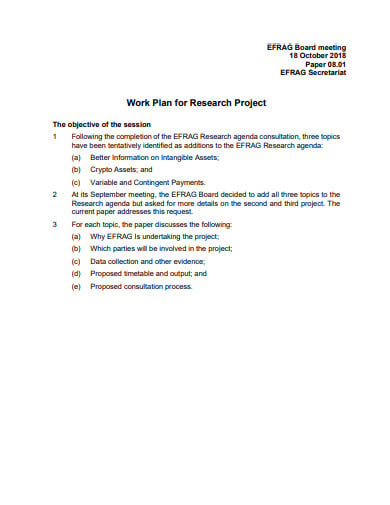 efrag.org
efrag.org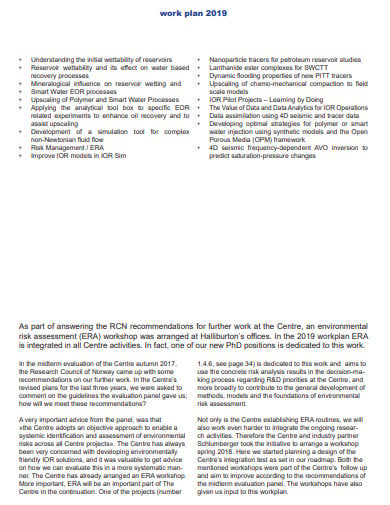 uis.no
uis.no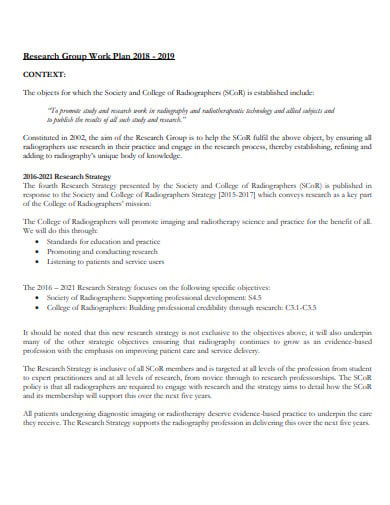 sor.org
sor.org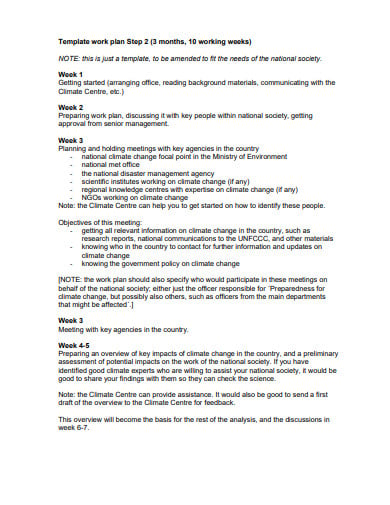 climatecentre.org
climatecentre.org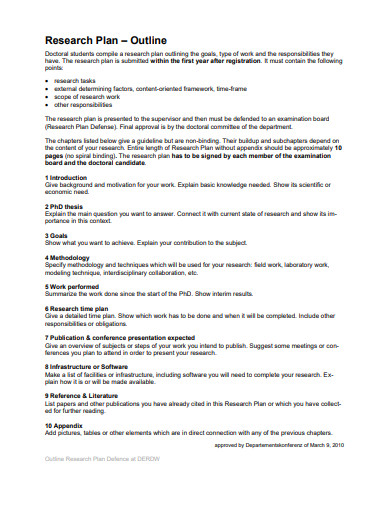 ethz.ch
ethz.ch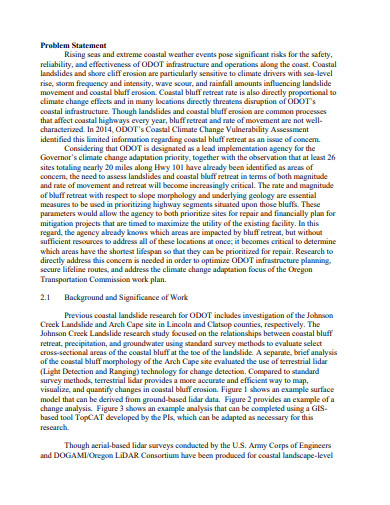 oregon.gov
oregon.gov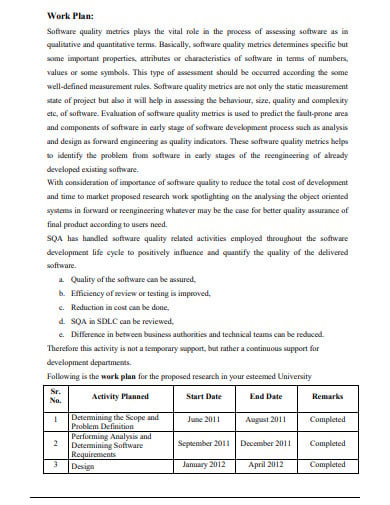 ac.in
ac.in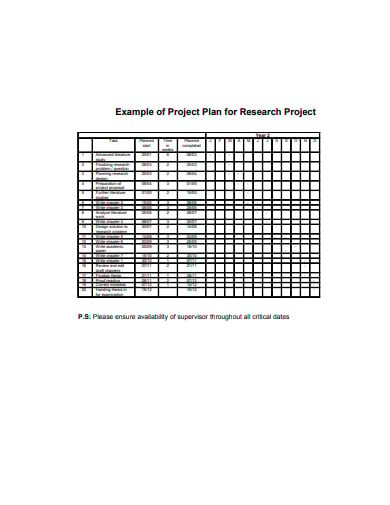 mandela.ac
mandela.ac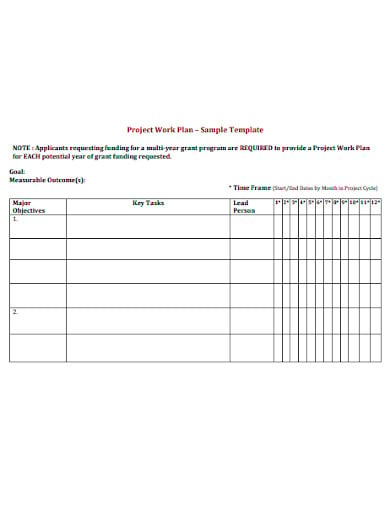 acl.gov
acl.gov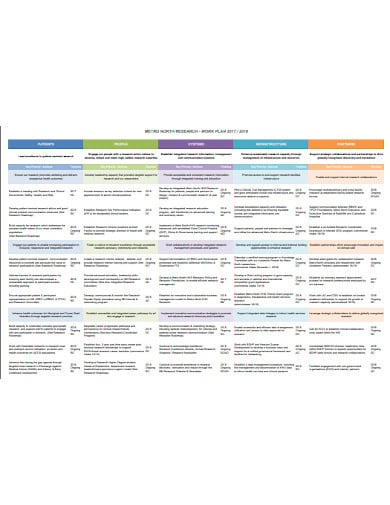 qld.gov
qld.gov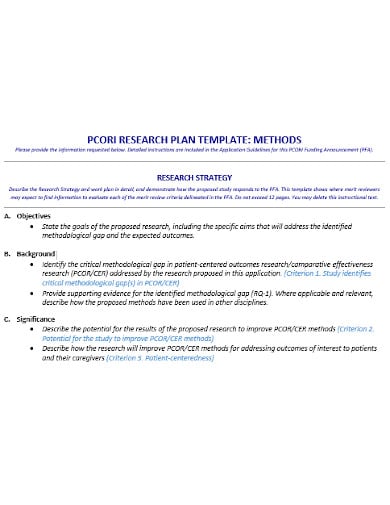 pcori.org
pcori.orgBefore starting on a work plan, you first need to think about the ‘why’. Why are you doing the project? Determine the tasks or things that you want to achieve by doing the project. What are the objectives of the project? While thinking about the objectives, you also need to think about why you’re making the work plan.
When an outside reader reads your work plan, he or she should be able to know and understand the context of the project. That’s why you need to provide a background and an introduction to the project. Although, remember to keep it short and simple.
The work plan of your project should include all the resources necessary for the planning and execution of the project. The list of resources varies from project to project depending on the objectives and goals. Some common resources for all kinds of projects include budget, the people required and research materials.
Limitations or constraints can’t be defined. But you need to anticipate the obstacles that you might or will face in the course of your project. Having a list of all these limitations helps you plan and take preventive measures.
The work plan of your project needs to define and explain what every member of the project is supposed to do. The plan should be able to tell the reader which person is accountable for what job.
Finally, you have to write the strategy that you will follow for the execution of your project. Determine the actions that need to be taken to achieve the goals and objectives. Also, identify what each member will be doing to contribute to the project.
Team members work blindly on purposeless tasks without clear objectives and goals. One of the most important things that a work plan does is to describe the project’s objective and the main targets the project must attain. With these things established, employees can carry out work tasks towards achieving goals.
Once the goals are set, individuals are then assigned to teams or tasks. The work plan can involve different structures which include levels of hierarchy as well as interdependent team levels. Construction of a new plant, for example, involves a construction team, an administrative team, and an engineering team. Each team has a leader who works to ensure things move according to schedule and budget with the other team leaders. Various other teams might be under each leader.
The old commercial proverb is “time is money.” This proverb holds in the creation of work plans when it comes to project management. The longer it takes for a project to finish, the more labor and resources it costs. Therefore, it takes more time to finish the project and the business will be suffering from the cost of opportunity. If that factory isn’t completed by the end of the summer, the company may have to refuse vacation orders because it can’t make them. Set deadlines with benchmarks for success within those deadlines. When there are problems in reaching goals, figure out ways to fix them to get back on course with the project.
Determining the budget involves appointing the teams and setting the schedules. Companies that use third parties as part of the project often get bids for the assigned tasks. These offers, internal figures for labor and materials, as well as any additional costs such as permits or legal fees, are used to create the work plan budget. The budget for the project will break down what it will cost each segment and team. Track cost-effectiveness at benchmarks, to assess whether a team is on track to meet, go over or go under target.
A team leader is capable of performing quality assurance assessments on progress with targets, target milestones and budgets set. Team leaders are to monitor progress, costs and any issues or challenges raised at milestone deadlines. A team leader is capable of performing quality assurance evaluations with set goals, target objectives and set budgets for development. Team leaders are responsible for monitoring progress, costs and any problems or difficulties that occur under milestone deadlines.

Empowering the youth to become the best can be such a fulfilling task to accomplish. But, school counselors proved that…

A compensation plan is the detailed plan of an employee’s wages, salaries, benefits and the terms of payment. The plan…

As there is a saying that ” with big positions comes the big responsibilities”. It is the huge duty to…

The student recruitment plan is one of the most important and essential parts of educational institutions. The strategy interacts with…

The recruitment and retention are two different terms explaining the thing that is inter-related. Recruitment is the process of identifying,…

A College Recruitment Plan is the designed plan or a strategy that is developed to recruit the employees of a…

A Recruitment Action Plan is a strategy that is designed for putting the recruiting process into action. This is the…

A recruitment business plan is one of the necessities for a company. It does not just help you to map…

Clinical trial recruitments are considered to be very essential to the success of any clinical study and it is often…